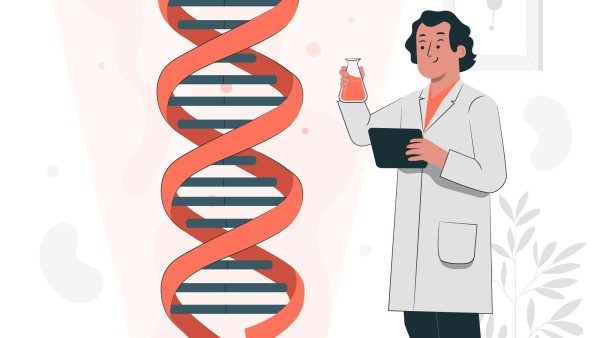
Types Of Kaposi’s Sarcoma
There are four types of Kaposi’s sarcoma:
1. Epidemic (AIDS-related) Kaposi sarcoma
Epidemic or AIDS-associated KS is the most common kind of KS, especially in the United States. People who are infected with the human immunodeficiency virus or HIV, the virus that causes AIDS, acquire this kind of KS. The virus stays in the body for a long period and weakens the immune system, leaving it vulnerable to infections such as Kaposi sarcoma-associated herpesvirus. [3]
2. Endemic (African) Kaposi sarcoma
Endemic KS, also known as African KS, affects people residing in Equatorial Africa. Infection with this sarcoma type is more common in Africa than in other parts of the world. Some of the causes of endemic KS are malaria, malnutrition and HIV. Studies also say that endemic KS is spread through saliva from mother to child. [4]
3. Classic (Mediterranean) Kaposi sarcoma
Classic KS is common among older individuals resing in the Mediterranean, Eastern European and Middle Eastern. This sarcoma type is more prevalent in men than in women. Lesions in this type do not grow as quickly as those in other types of KS, and also, new lesions do not appear as frequently. The cause is the weakening of the immune system due to old age. [5]
4. Latrogenic (transplant-related) Kaposi sarcoma
Latrogenic, or transplant-related KS, occurs when a person’s immune system has been weakened following an organ transplant. The majority of transplant recipients require medicines to prevent their immune systems from rejecting or attacking the new organ. These medications may cause a weakening of the immune system and increase the risk of KS. [6]
Causes Of Kaposi’s Sarcoma
The virus responsible for causing Kaposi’s Sarcoma is Kaposi sarcoma-associated herpesvirus (KSHV). The virus is also known as human herpesvirus 8 (HHV8), and belongs to the family of Epstein-Barr virus (EBV) which is linked to many cancer types and AIDS. [7]
KSHV infects the endothelial cells or those that line blood and lymphatic vessels. The virus infects cells with genes that cause them to divide excessively and live longer. The gene also causes endothelial cells to produce new blood vessels and increase the production of inflammatory substances, all of which may lead to cancerous cells.
Many people get infected with the virus, however, not all display the symptoms. The infection is prevalent in those with the herpesvirus in their body and a compromised immune system.
READ RELATED: Does Autism Develop in the Womb? A Million Dollar Question
The virus mainly spreads through saliva, genital fluid, sperm and also from mother to child. [8]

Identification Of Cell Proteins That Keeps Kaposi’s Sarcoma Herpesvirus Dormant
Our immune system usually detects pathogens entering the body and kills them. However, in the case of Kaposi’s sarcoma, the herpesvirus gets dormant (silent) and undetected by the immune system, leaving people prone to the condition.
According to the study, when the herpesvirus enters the human body, it first latches into the chromosomes of the cell, instead of multiplying and stays there in a dormant state.
The virus, then, exits its dormancy state by a latent-lytic switch and causes the breakdown of the cells, and starts multiplying and infecting the neighbouring cells.
“The virus prefers to remain silent for as long as possible to avoid being recognised by the immune system,” stated senior author Yoshihiro Izumiya. Izumiya is a professor in the Department of Dermatology at UC Davis Comprehensive Cancer Center and the director of the Viral and Pathogens Associated Malignancies Program.
The study adds that the virus mainly hides inside the host’s chromosomes. It then suppresses the functions of the CDH4 gene that helps regulate cell proliferation. In the absence of the CDH4 protein, the virus starts the cell multiplication and destructive mode and leads to cancer.
Symptoms Of Kaposi’s Sarcoma
Some of the signs and symptoms of Kaposi’s sarcoma may include: [9]
- Red, purple or brown lesions on the skin.
- The lesions can be flat, slightly raised or like bumps.
- Lesion more often on the face and legs.
- Swelling in the legs.
- Sometimes, the lesions may develop in mucous membranes like the mouth and throat.
- Blood in the stools if the lesions are present in the stomach or intestines.
- Shortness of breath and persistent cough if lesions are present in the lungs.
- The lesions are usually painless and non-itchy.
Source:









